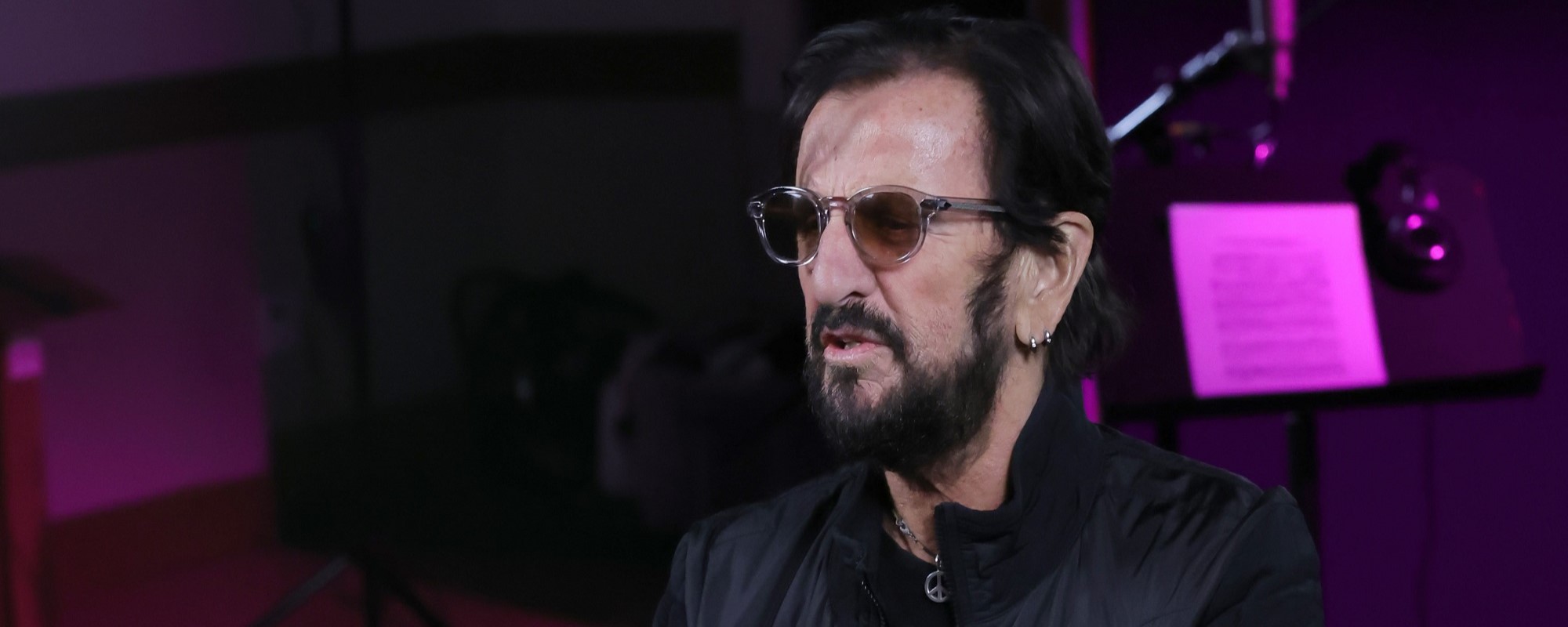Today is Tom Waits’ 71st birthday
On this day, December 7 of 1941, Japan attacked Pearl Harbor in Hawaii, killing 2300 Americans, sinking twelve ships and wrecking more than 300 airplanes. President Franklin Roosevelt retaliated by attacking Japan, thus joining World War II, a war which would rage till 1945. FDR dubbed December 7 as “a date that will live in infamy.”
It’s also a date that will live in harmony and melody for eternity; a mere eight years later, on December 7 of 1949, Tom Waits was born in a taxi-cab in Pomona, California.
Videos by American Songwriter
In honor of Mr. Waits on this, his 71st birthday, we are happy to bring you this assemblage of Tom Waits’ singularly tuneful, haunted, beautifully beat brand-new timeless Tin Pan Alley songs voiced by a hipster in an old suit and hat with lyrics unlike any others brought to the American pop song.
Emerging in the early 70s in Los Angeles in the midst of the romantic singer-songwrter era, while peers were penning poetically confessional songs about romance and heartbreak, he was Hoagy Carmichael at the keys with glorious melodies of the ages and lyrics echoing the beat energy of Bukowski, Ginsberg and Kerouac merged with Damon Runyon, Mark Twain, John Fante and lots of whiskey. He brought all the strange details of Americana into the lyrics of his songs with humor, brilliance and grace. Who else would write about the “Woolworth rhinestone diamond earrinings” worn by the waitress who brings him strange patty-melts and coffee so weak “it can’t defend itself.”
Which is not to say he didn’t also write about sorrow and heartbreak. His “Rainbow Sleeves,” which he wrote for Rickie Lee Jones though never recorded itself, remains one of the most poignant heartbreak songs ever, living still at the intersection of Despair and Hope. (Which is only miles east of Heartattack and Vine.)
Not only one of America’s greatest songwriters, he’s also one of the best ever at using words, enriched by his genius with metaphor, to describe the elusive art of songwriting. From the great book Tom Waits on Tom Waits, we’re happy to share some choice exampls of his whimsical wisdom, along with a few of our favorite Tom Waits songs.
On a personal note, allow me to add that the man had a profound and lasting impact on my life and work. I first discovered him when still in high school in Illinois. After college in Boston and one year in New York, I moved to Hollywood. My first job was at a recording studio called The Bijou at Sunset & Cahuenga.
It was 1982, the year Waits’ album One From The Heart was released, a song cycle he wrote for the Coppola film in a little office on what was then the Zoetrope lot, owned by Coppola, at the corner of Formosa & Santa Monica Boulevards in West Hollywood. Built in 1918, it’s had many names, including the Pickford–Fairbanks Studios, the United Artists Studio, Warner Hollywood Studios, and its name since 1999, The Lot.
The songs Waits wrote were recorded for an album of the same name, with Tom sharing vocals with Crystal Gayle. The album featured one of his saddest and most beautiful songs, “Broken Bicycles.” It is essential Waits: a beautifully tender minor-key melody wed to words of sad, arcane Americana imagery. “Somebody must have an orphanage for/All these things that nobody wants anymore.…”
I was still new to Hollywood then, and still ambiguous about it. Was this the right place to be? I was heading one morning to work, walking from my little guest house on Franklin to Cahuenga, crossing Hollywood Boulevard to get to the studio. As I’d been listening to “Broken Bicycles” only for several days, living inside of the song, I was singing it to myself while walking to work.
And in the musical midst of this song playing on my interior radio on repeat, I saw him. The man himself. Waits. At the old World newspaper stand at Hollywood & Cahuenga. Paging through a newspaper.
I walked up to him, said hi softly and told him that I had been so loving “Broken Bicycles.” He smiled and just sort of growled, “Awww… thanks, man.”
“Thank you for writing it, Tom,” I said, “and all the other ones.” He smiled and nodded and I said bye as I walked away.
And from that moment on, never was I ambiguous about Hollywood again. I loved this place. To me it was symbolic affirmation that this was the right place to be, like God speaking thorugh Tom Waits to me. Because a town like this – where I could be singing a great song and walk right into its great songwriter – was where I wanted to be. And where I then met many of my favorite songwriters ever.
But Waits was first.
Happy birthday Tom. Thanks for all the tunes.
TOM WAITS: Every song needs to be anatomically correct. You need weather, you need the name of the town, something to eat. Every song needs certain ingredients to be balanced. You’re writing a song and you need a town and you look out the window and you see St. Louis Cardinals on some kid’s t-shirt. You said, okay, we’ll use that.
TOM WAITS: The thing is, words are music. If you have words, you have sound, and the sounds have a shape to them. And in that sense, in the broader sense, music is organized noise. Monk said there are no wrong notes, it all has to do with how they are resolved. That’s how jump-rope songs are.
You don’t have to wait for the words if you have music, and sometimes you don’t have to wait for the music if you have the words. I don’t know who said this, but they said all things aspire to the condition of music at its best. Everyone is looking for that in many things.
TOM WAITS: It’s strange. It’s all a journey. You don’t know where it’s going to take you, the people that you meet and the changes your life will bring. I can say I wish I’d jumped off earlier, and I don’t know if I actually jumped off anything or else, you know, just redecorated. But I know that the last three records are a departure from what I was doing. I’m very aware of that. I don’t write the same way. I used to sit in a room with the piano, the Tin Pan Alley approach. I thought that’s how songs were written.
TOM WAITS: You don’t always know when a song is finished and I’m not sure if a song is ever finished, to be honest with you. You know, they’re constantly evolving. It’s like jump-rope songs, you know. When are they done? They are never done, you know, people are always changing them, changing the tempo, adding new verses, getting rid of old verses.
So when you are ready to record, there is a certain finality to it. It’s time to… cut the head off the fish.
That’s not really the right analogy for that. It’s more like a lot of people say, You really captured something on that. There’s something alive in a song, and the trick to recording them is to capture something and have it taken alive.






Leave a Reply
Only members can comment. Become a member. Already a member? Log in.